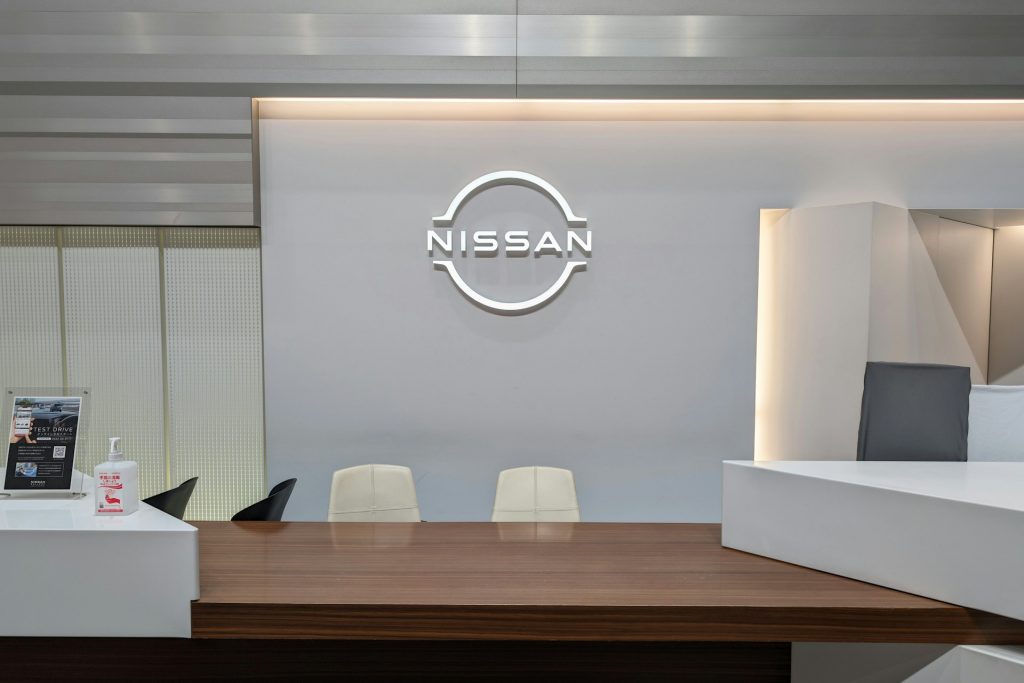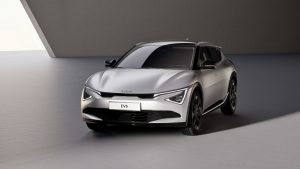Nissan Marks End of an Era with Final R35 GT-R, Unveils Future Powertrain Innovations

In a week of poignant farewells and groundbreaking announcements, Nissan Motor Co., Ltd. has showcased its dual commitment to honouring its rich performance heritage while aggressively pursuing future technological advancements. The company held a final roll-out ceremony for its legendary R35 GT-R, even as it unveiled a world-first engine technology for its next-generation e-POWER system.
A Farewell to a Legend
On August 26th, an official ceremony was held at Nissan’s Tochigi Plant to mark the end of production for the R35 GT-R. This event concluded an extraordinary 17-year journey for a vehicle that has become a symbol of Japanese automotive engineering. The R35 GT-R, first launched in 2007, ceased taking new orders on March 3rd, 2025, following the announcement of its final 2025 model year. At the ceremony, Nissan’s esteemed executive, Ivan Espinosa, assured fans, stating, “The GT-R will evolve and will surely reappear in the future.”
Personal Reflections from the GT-R’s Champion
The event featured heartfelt speeches from key figures, including Nissan Brand Ambassador Hiroshi Tamura and Mitsutaka Matsumoto, a lead engineer in chassis development since the project’s inception. Mr. Tamura, holding a hardcover catalogue he produced during his tenure, remarked, “This is packed with the dreams of car enthusiasts. The text is small and hard to read, but that’s because there was so much information and passion we wanted to share.”
He pointed to the final page, which depicted a child playing with a model GT-R. Revealing a personal connection, Mr. Tamura shared that the image was inspired by his own childhood. He was captivated by the sight of a Skyline GT-R racing on the banks of Fuji Speedway in March 1973. “Back then, I actually preferred the Fairlady Z,” he admitted, “But the sight of that Skyline GT-R was so thrilling, it made me decide that I would one day join Nissan and build the GT-R.”
The Guiding Philosophy of a Supercar
The core philosophy of the R35 was an evolution of the “ultimate driving pleasure” concept established by Kozo Watanabe for the R33 Skyline GT-R. Mr. Tamura’s team expanded on this with ambitious goals: to create a 21st-century supercar that could deliver maximum joy and performance to anyone, anywhere, at any time. This included being the fastest production car at the Nürburgring while offering such profound stability that passengers could hold a conversation at 300 km/h.
This relentless pursuit of performance was a continuous process. Mr. Tamura noted that like the R32, R33, and R34 models which evolved on the same basic mechanics, the R35 was designed to be continuously perfected. Remarkably, he revealed that the fundamental body design blueprints for the R35 have never been altered since its debut. The significant increases in body rigidity over the years, he explained, are a testament to the skill and dedication of the workers at the Tochigi Plant.
A Leap Forward in Engine Technology
While one chapter was closing, another was just beginning. On August 27th, Nissan announced a landmark achievement in powertrain technology: the world’s first application of “cold spray” technology for manufacturing valve seats in an automobile engine. This innovation is featured in the new ZR15DDTe engine, specifically designed for Nissan’s third-generation e-POWER system.
Cold spray is a cutting-edge technique, primarily used in the aerospace industry, where metallic powder is sprayed at supersonic speeds to form a durable coating without melting the materials. By applying a strong, cobalt-free, copper-based film directly onto the aluminium cylinder head, Nissan has eliminated the need for separate, pressed-in valve seats.
Enhancing the Acclaimed e-POWER System
This breakthrough directly enhances Nissan’s unique e-POWER technology—a series hybrid system where the petrol engine functions solely as a generator to power an electric motor that drives the wheels. This setup provides an EV-like driving experience with powerful, smooth acceleration and exceptional quietness. The new technology is already being implemented in the latest Nissan Qashqai, produced at the Sunderland plant in the UK.
The elimination of traditional valve seats allows for an ideal intake port shape, which was previously constrained. This is critical for Nissan’s STARC combustion concept, which requires a highly controlled “tumble flow” of air into the combustion chamber to achieve its remarkable 42% thermal efficiency. The cold spray method provides superior thermal conductivity and durability, marking a significant step forward in the efficiency and performance of internal combustion engines used in electrified powertrains.





